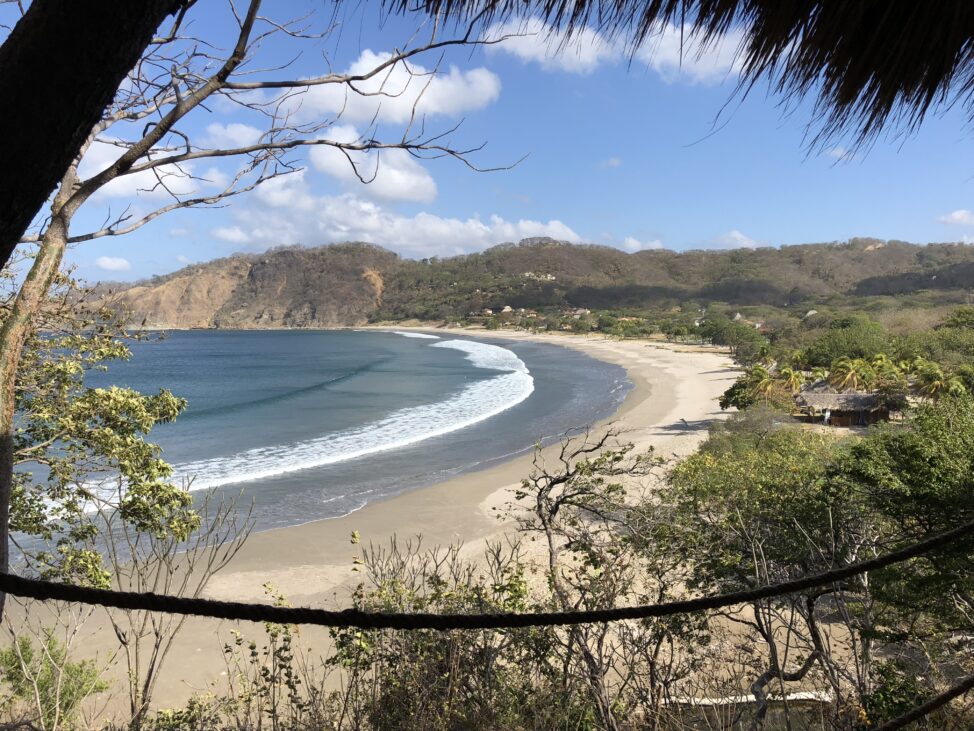By Jamie Edwards, award-winning travel writer who’s visited 70+ countries on all 7 continents
Rainforests, jungles, beaches, salt flats, volcanos, and mountains: the natural marvels of Central America are just one reason to visit this less traveled part of the world. Add on high-adrenaline activities and low-key wellness retreats and a journey to our continental neighbor to the south is bound to exceed expectations. But when it comes to adventure and wildlife, the countries of Costa Rica and Nicaragua are especially compelling.
When winter is at its coldest in North America, Central America enjoys hot and sunny climates. So there’s no better time to head south than right now. Costa Rica and Nicaragua share many attributes, but there are a few differences to consider when planning a visit there.
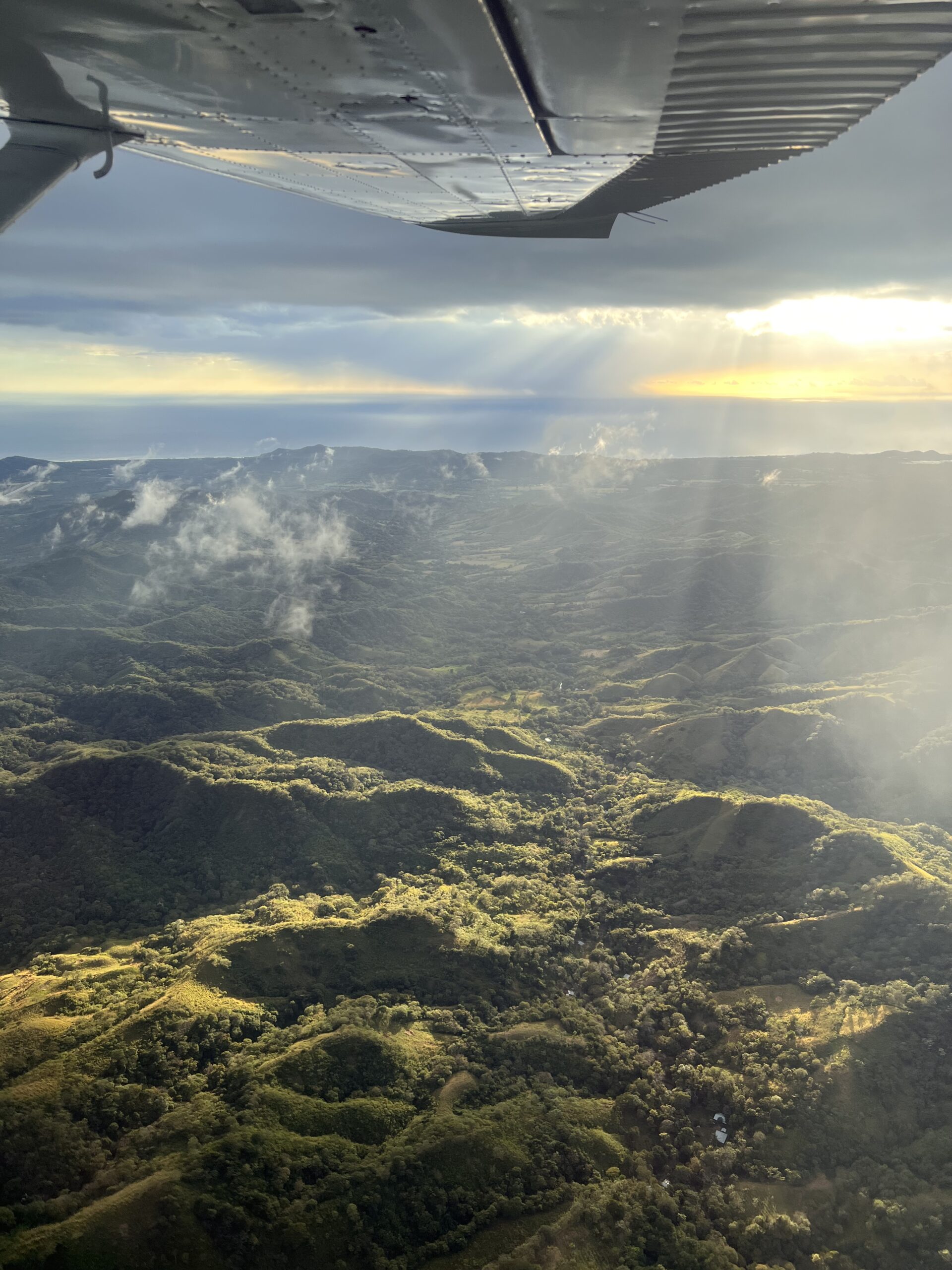
Central America: A Brief History
Geographically speaking, the boundaries of Central America border Mexico to the north, Colombia to the south, the Caribbean Sea to the east, and the Pacific Ocean to the west. If this idyllic location isn’t compelling enough to travel to Central America, I don’t know what is.
Seven countries comprise this topographically diverse area; Costa Rica, El Salvador, Honduras, Panama, Nicaragua, Belize, and Guatemala. According to scientists, Central America was formed over 3 million years ago. The narrow strip of land that links North and South America was originally called the Isthmus of Panama.
Former inhabitants of Central America include the indigenous peoples of Mesoamerica, the Mayans, and the Aztecs, all of whom left their architectural and cultural marks. Visitors can walk among the remnants of these past civilizations and imagine what life was like centuries ago, spotting various birds and reptiles along the way.
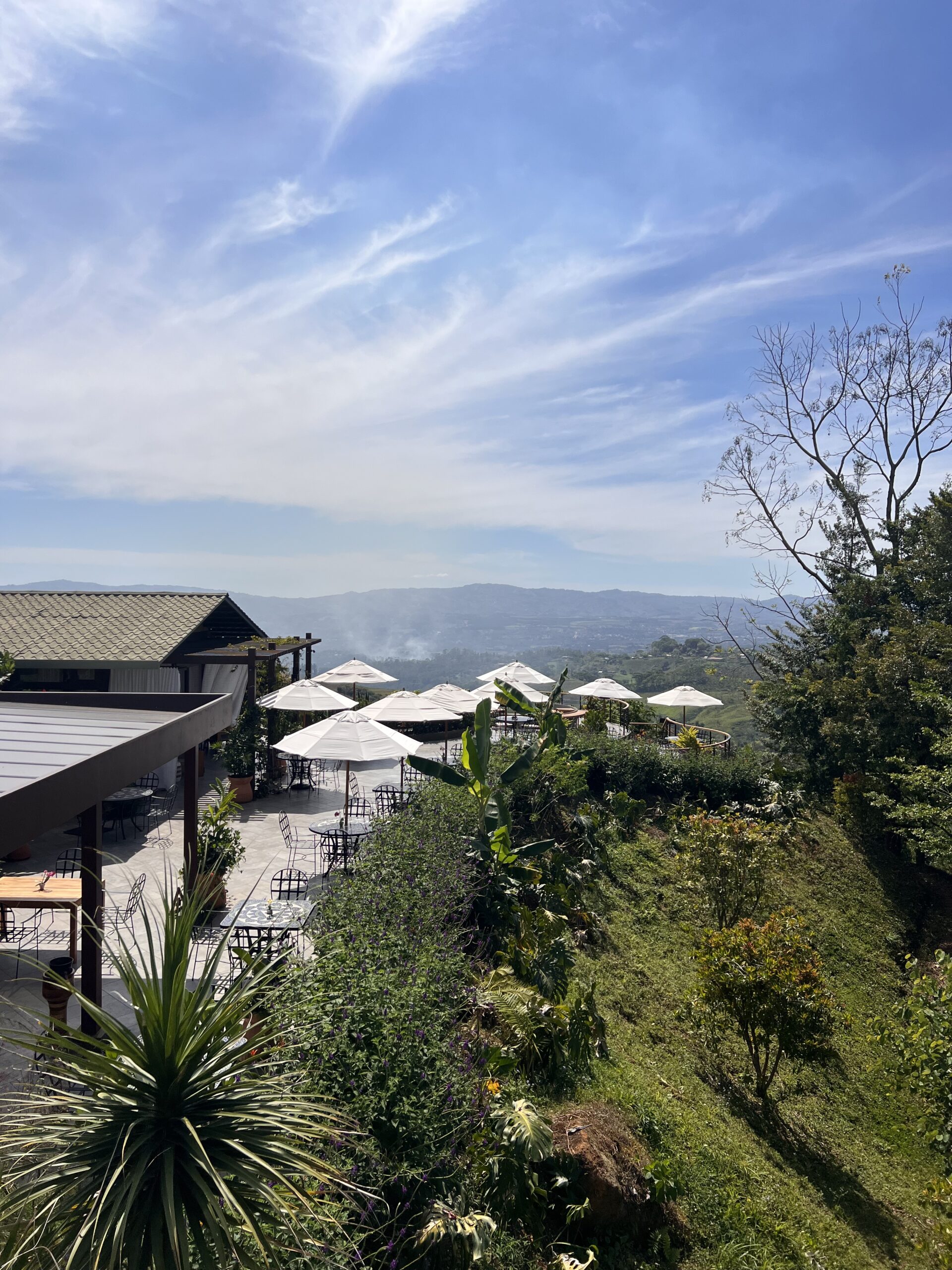
Travel Goals Matter
When planning a trip, staying true to your travel style and keeping your travel goals in mind is critical. Is relaxation your objective? Exploration? Are you bringing small children or family members who are less mobile? Perhaps you are looking to avoid crowds after spending the summer holidays chasing Taylor Swift in a chaotic European city.
Goals matter. Once you determine them, deciding between Costa Rica and Nicaragua becomes a much simpler task. And of course, the team at CIRE is always standing by to help you plan.
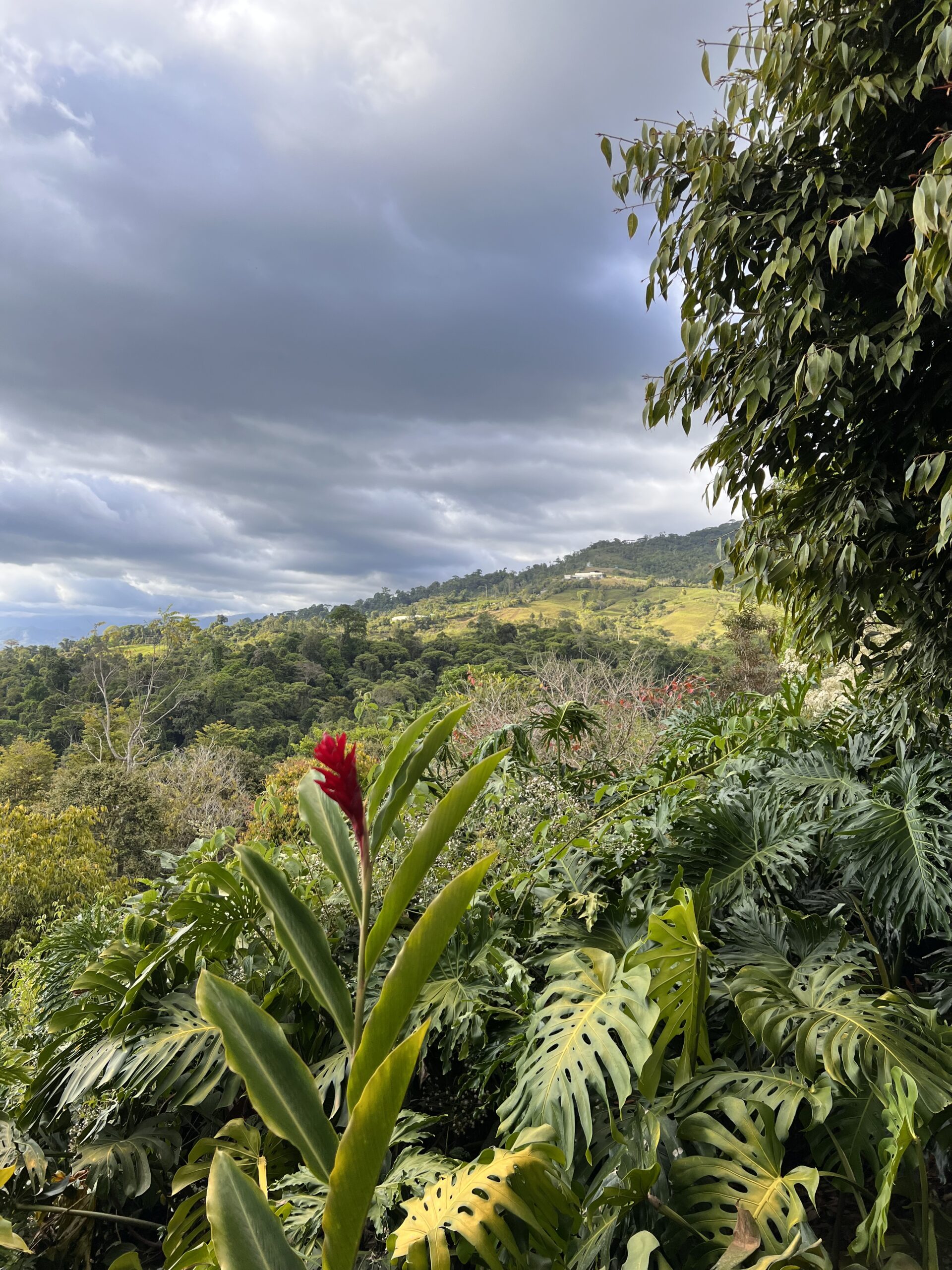
Costa Rica vs. Nicaragua: A Quick Comparison
Let’s compare these two spectacular Central American destinations. Highlighting each country’s key points will help determine which is better for your next adventure.
Climate: Both Costa Rica and Nicaragua have a tropical climate with two distinct seasons, dry and wet. Yet, Nicaragua tends to be slightly hotter on average.
Access: Costa Rica and Nicaragua may be neighbors, but with two international airports (Liberia and San José) Costa Rica is easier to get to from the United States. It also has good options for domestic flights. In contrast, Nicaragua has only one international airport and has fewer options for domestic travel.
Travel Costs: Since Costa Rica is easier to get to, it draws more tourists. This inevitably drives up the prices throughout the country. Consider Nicaragua if cost is a factor for your holiday, as it’s generally less expensive.
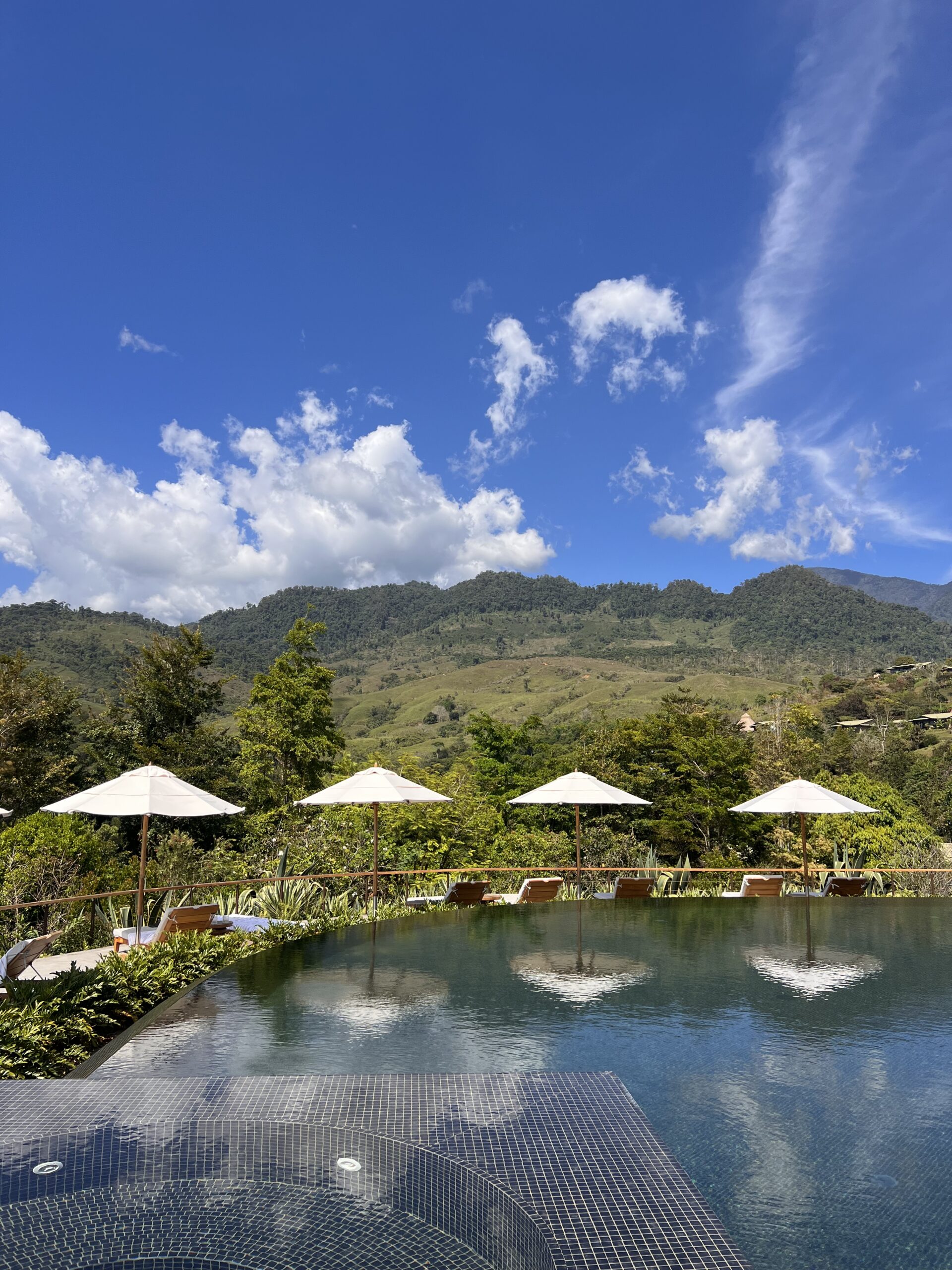
Tourism: Costa Rica has a more established tourism industry, with more accessible National Parks and guided excursions. Nicaragua’s tourism is far less developed. Especially intrepid travelers will enjoy forging paths and creating unique adventures.
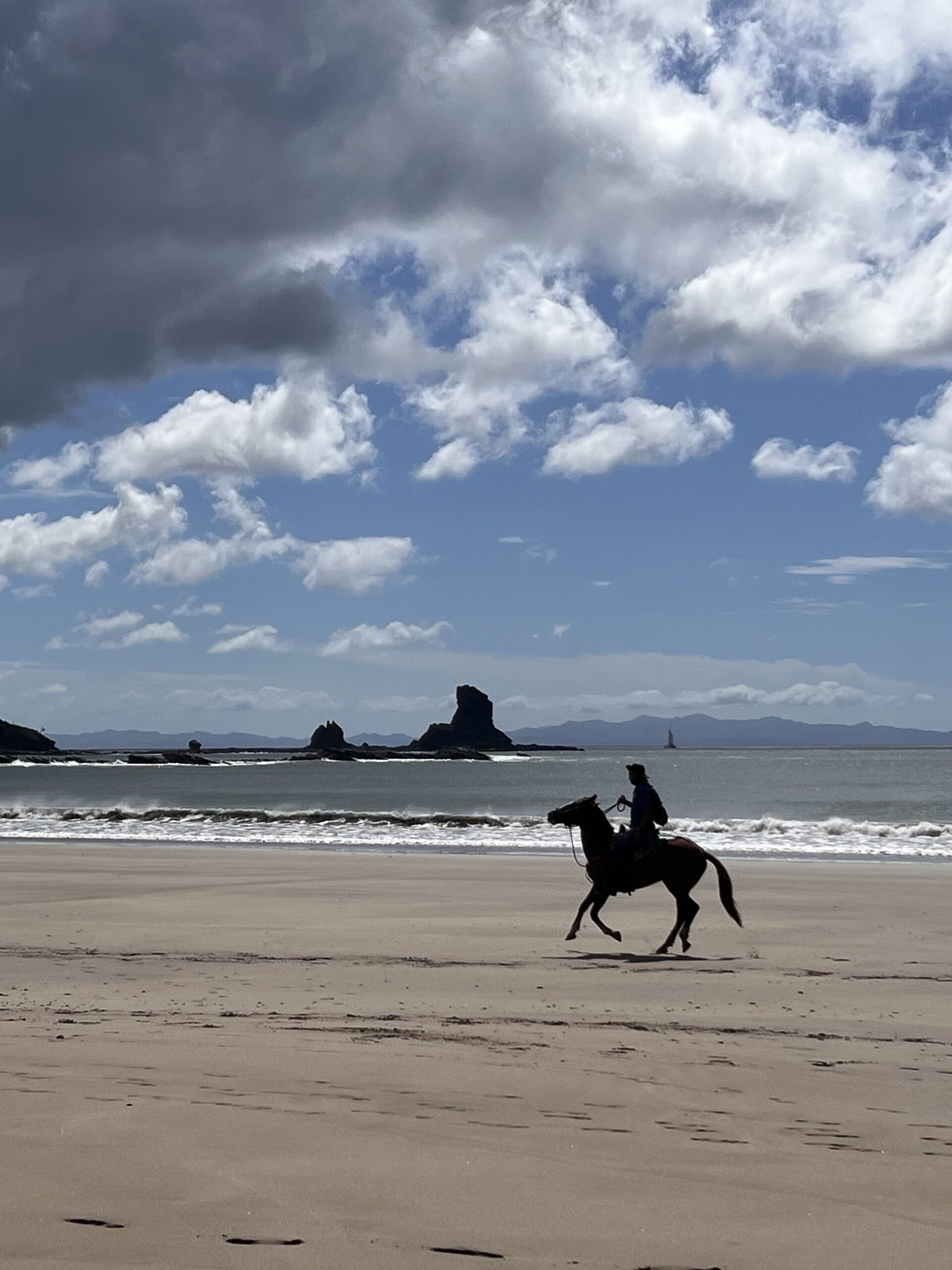
Activities: Both Costa Rica and Nicaragua offer a wide range of exciting activities for visitors at all fitness levels. Hiking, biking, surfing, diving, snorkeling, horseback riding, ziplining, and volcano trekking merely scratch the surface. But if sitting on the beach with the latest New York Times bestseller is your favorite activity, neither country will disappoint.
Topography: While less developed tourism-wise, Nicaragua’s coastline is magnificent, with many jungles nearly touching the beaches. Nicaragua is a land of lakes and (19 active!) volcanoes. Costa Rica’s landscape is equally diverse and travelers can explore rainforests and cloud forests in addition to waterfalls and volcanoes for days on end.
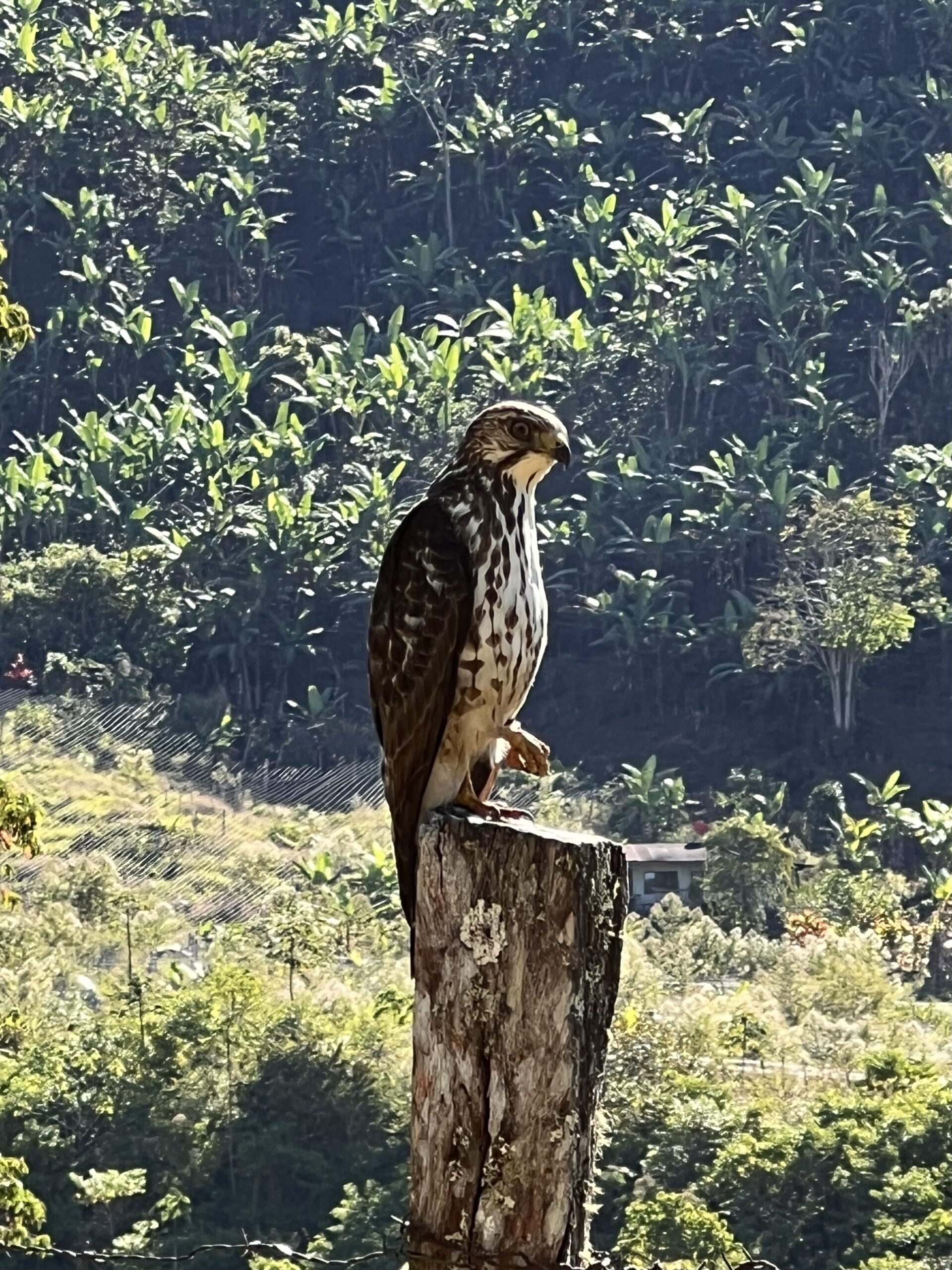
Wildlife: Costa Rica and Nicaragua share many species of animals that can only be found in this part of the world. Guests to both countries are bound to see sloths, coati, iguanas, toucans, and (if they look very carefully) red-eyed tree frogs. At one point or another, visitors will likely hear the unfurling, deep groans of a troop of howler monkeys—an unforgettable sound, indeed!
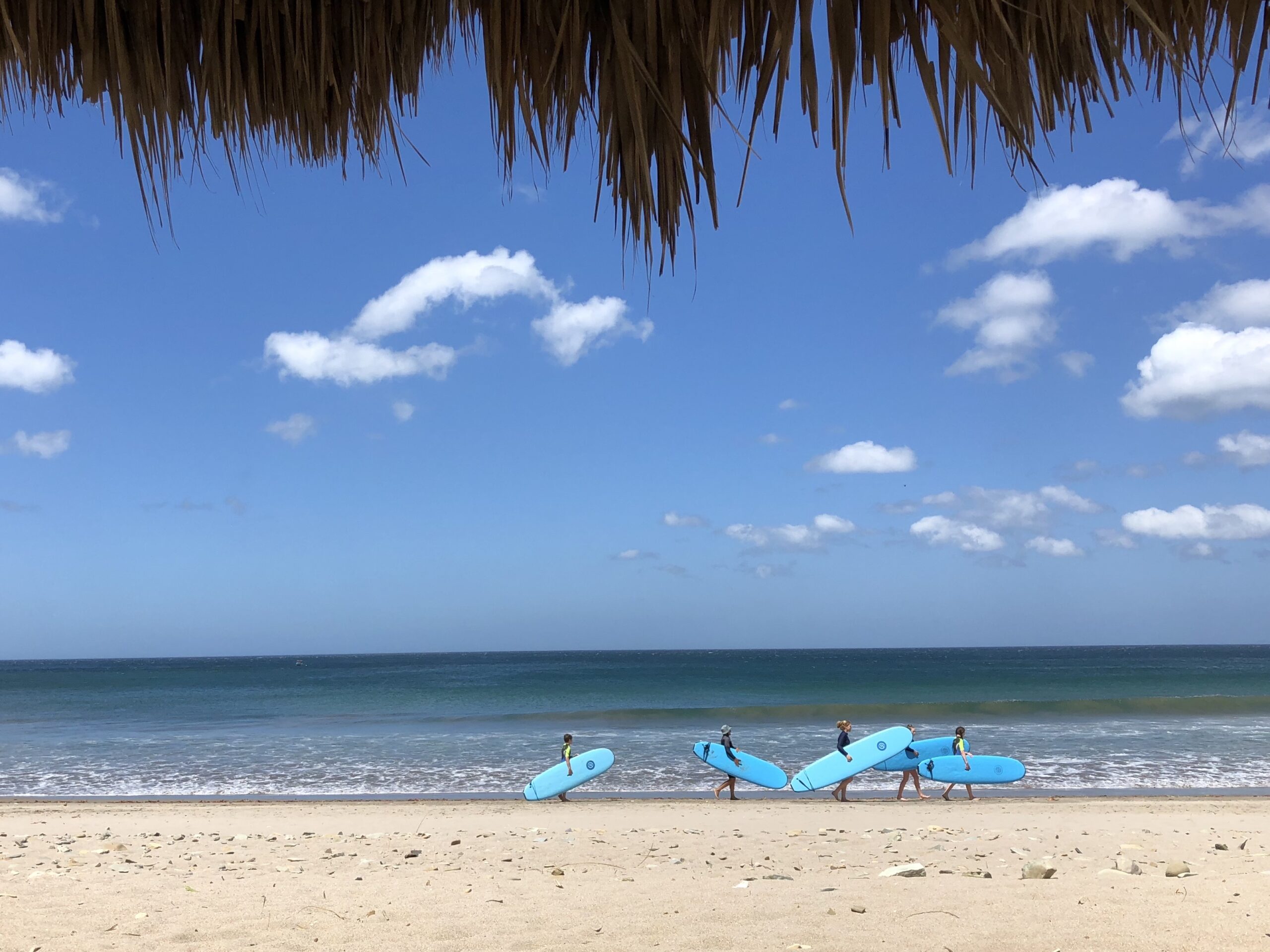
Surfing Beaches: It’s no secret that Nicaragua and Costa Rica are known to have some of the best surfing spots in Central America. The more popular (and slightly more crowded) areas of Costa Rica include Tamarindo, Jaco, and Santa Teresa. In Nicaragua, San Juan del Sur beach is a surfer’s mecca. Its beaches are typically less crowded than Costa Rica’s.
Family-Friendly: The infrastructure of Costa Rica is more conducive to family travel than Nicaragua. In Costa Rica, there are more choices of hotels that cater to families. Nicaragua appeals to more adventurous travelers who don’t mind a few bumpy roads to reach their destination. That said, Nicaragua has a few gems worth seeking out for those traveling with kids.

Highlights: The inherent, natural beauty of both Costa Rica and Nicaragua can’t be overstated. Nicaragua highlights include night diving at Little Corn Island, volcano-boarding, and a day trip to lush Ometepe Island. In Costa Rica, don’t miss the chance to watch sea turtles hatch on Tortuguero Beach or spot toucans and other exotic birds at Corcovado National Park. Binoculars are a must!
Ancient Ruins: In Nicaragua, be sure to visit the ‘lost city’ of Canta Gallo. This sacred site is one of the few places to see the ruins of ancient pyramids built by Nicaragua’s indigenous people. In Costa Rica, the ruins of Ujarras Church are located in the Orosi Valley. Built in the mid-1500s, they are known to be the oldest church in the entire country.
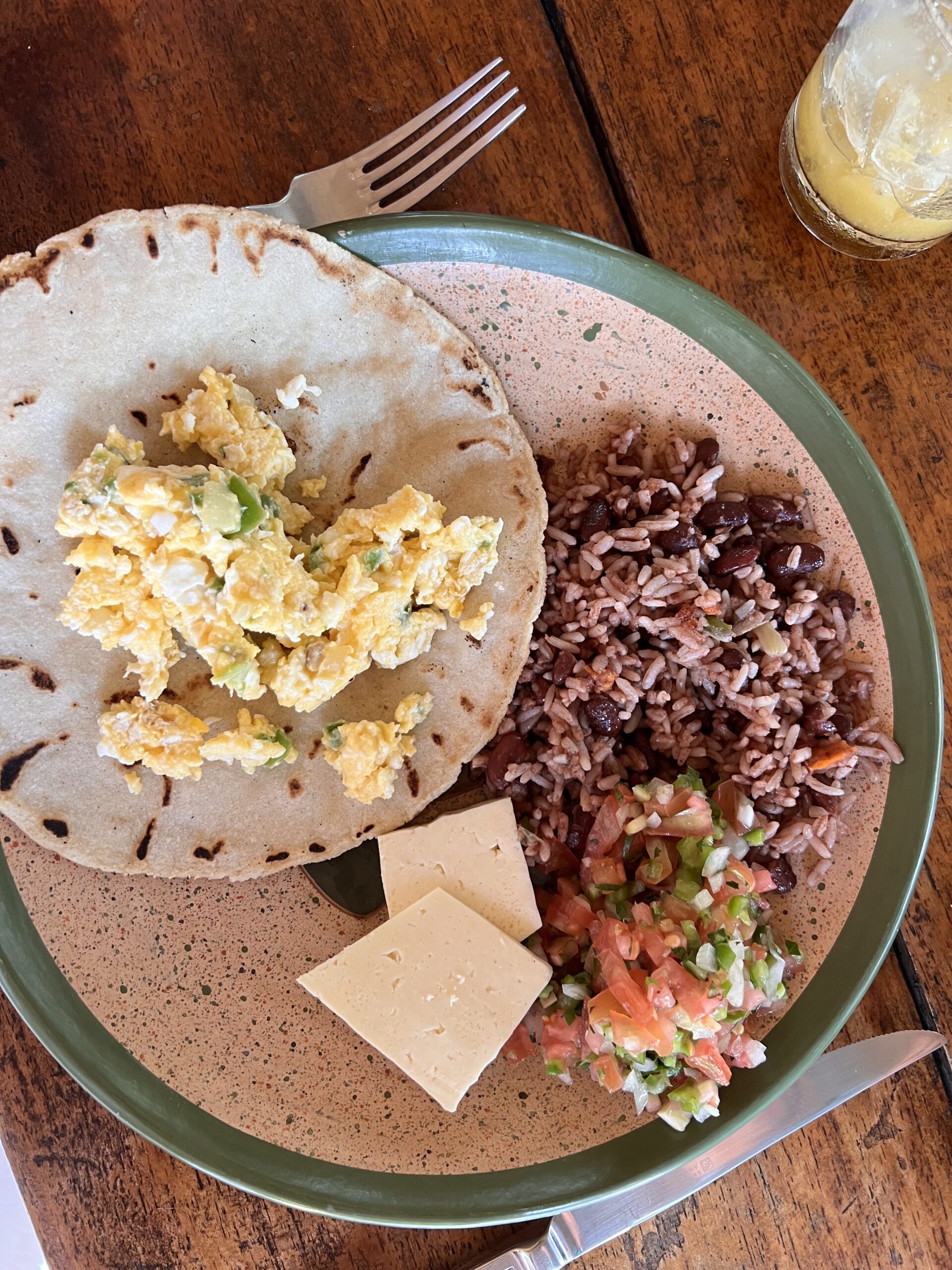
Cuisine: There is much overlap between the cuisines of Nicaragua and Costa Rica with rice and beans an important staple. For example, Gallo Pinto is a traditional meal, a mixture of rice and beans with either egg or meat on the side. Plantains are a popular ingredient served in infinite and delicious ways. Both countries offer exotic fruits such as passion fruit, star fruit, papaya, and mangoes.
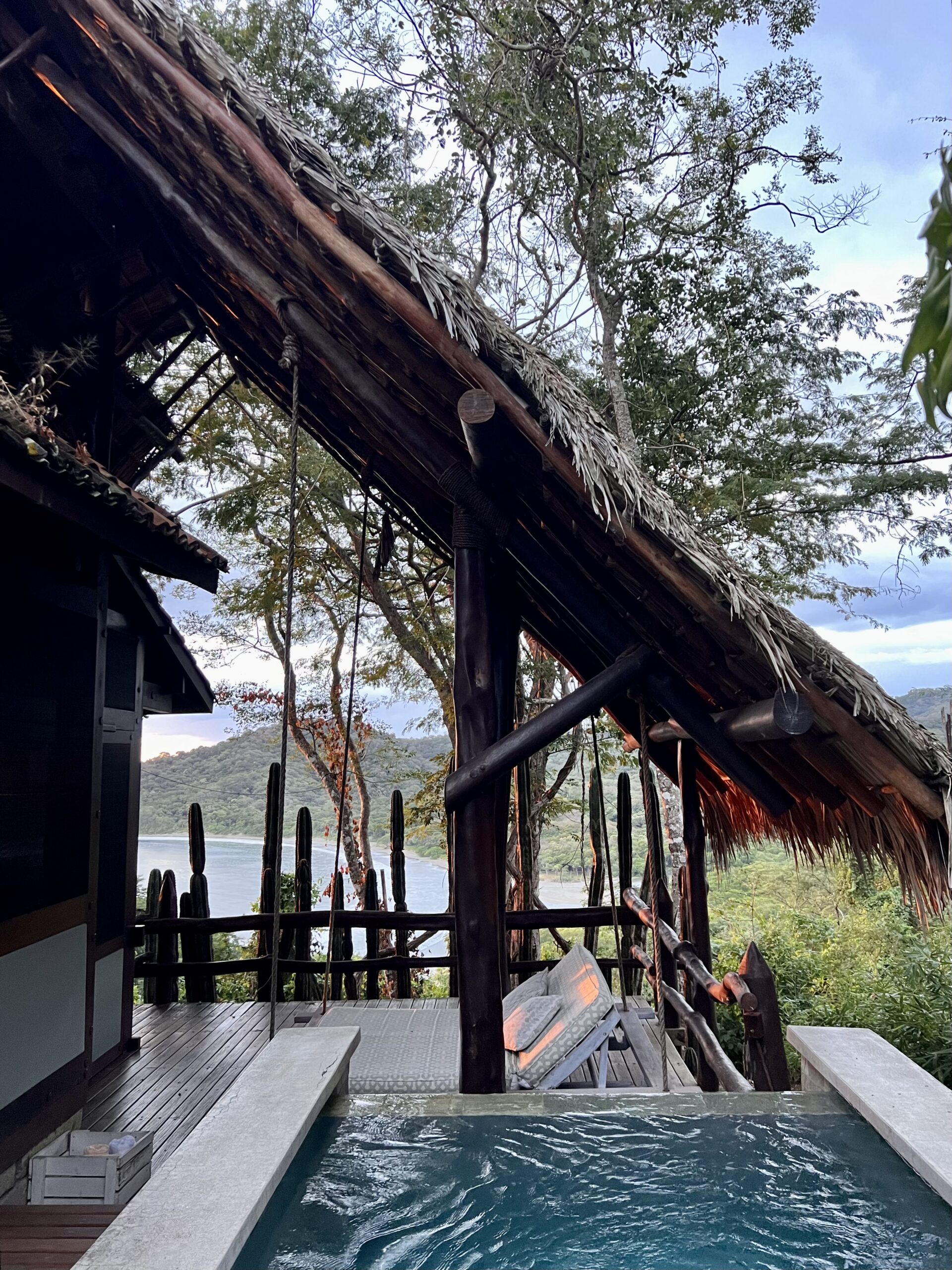
Hotel, Resort, or Eco-Lodge?
The accommodation options for both Costa Rica and Nicaragua span the gamut. From luxury beach resorts and cloud forest treehouses to jungle eco-lodges and traditional hotels. Choosing the type of place you’d like to stay will help shape your itinerary.
For instance, staying at an eco-lodge like Morgan’s Rock in Nicaragua offers farm visits. Here, guests can milk cows, collect eggs, and make a traditional Nicaraguan breakfast on-property. The cliff-perched, eco-friendly huts are rustic and remote. On the other side of the spectrum, Mukul, a family-friendly Nicaraguan resort, skews uber-luxury with modern villas, multiple restaurants, a spa, a sea-facing yoga platform, and on-site surfing.
In Costa Rica, the Four Seasons Papagayo is a family-friendly resort with all the bells and whistles one could want—multiple pools and restaurants, loads of on-property activities, a kid’s club, nearby ziplining, and beautiful beaches. For those wanting a truly unique experience, head to the clouds and visit El Silencio Lodge & Spa—a 500-acre nature reserve on the slopes of the Poás Volcano. El Silencio is one of the most ethereal and magical ways to experience Costa Rica.
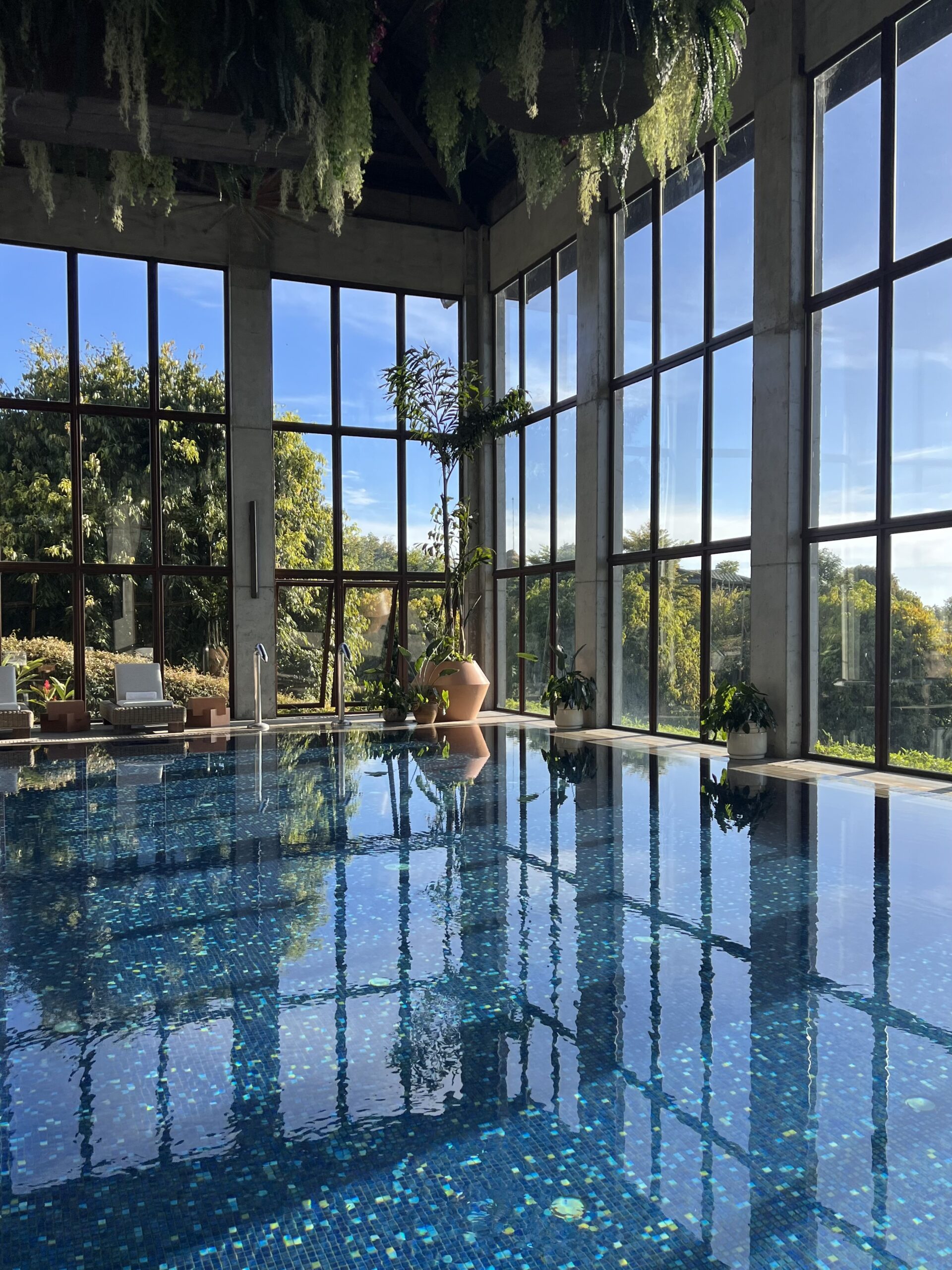
If wellness is your goal, head to one of Costa Rica’s most sought-after retreats. Hacienda Alta Gracia is located alongside the Talamanca Mountains. It combines wellness, mindfulness, and world-class cuisine in a magnificent setting that is sure to melt away any of life’s stresses. Its world-famous spa, THE WELL, is not to be missed. It will undoubtedly put any previous spa you’ve visited to shame.
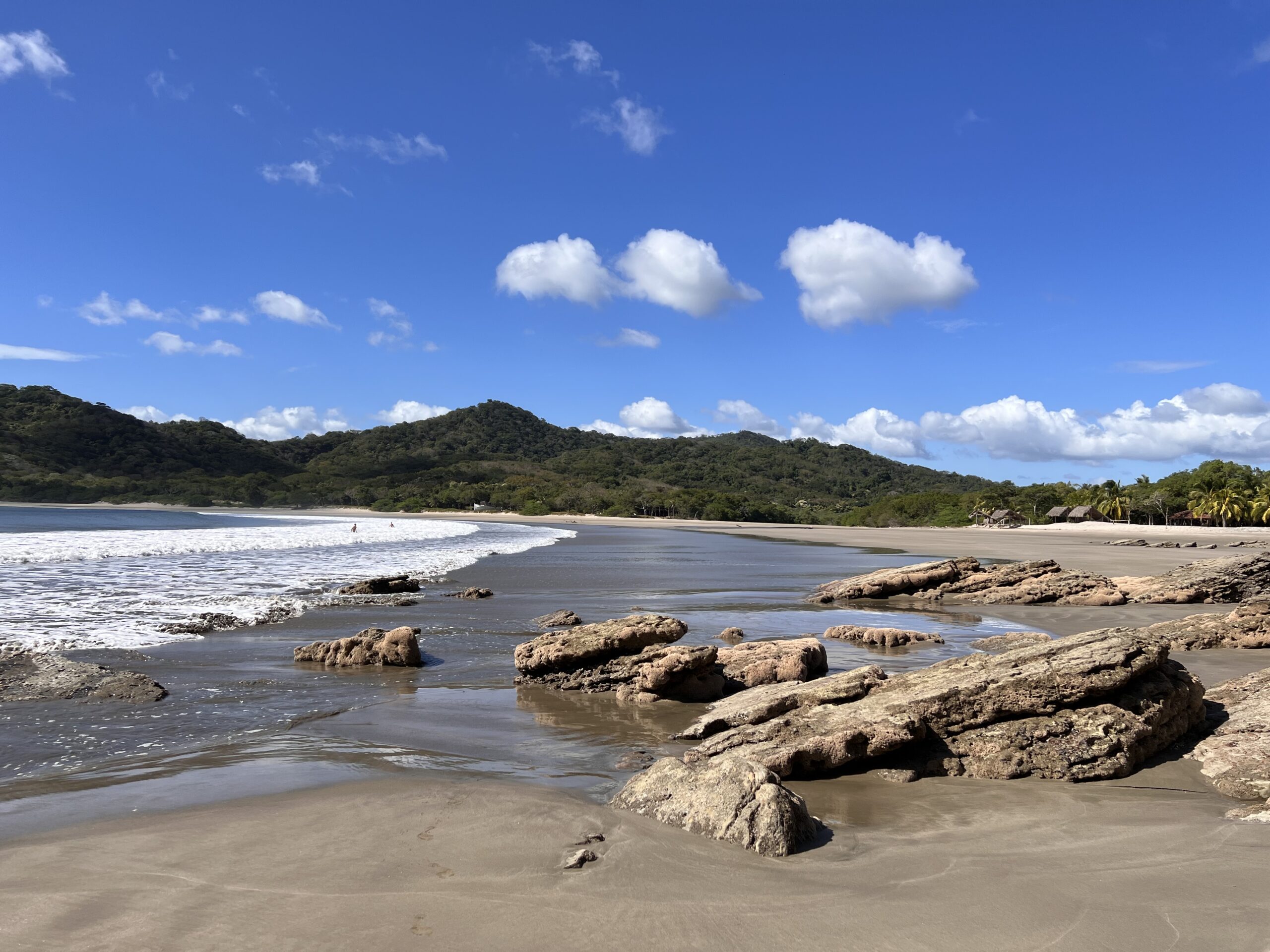
Costa Rica or Nicaragua?
Which country is calling your name this winter? If you have the time, why not visit both and reach your own conclusions? Whichever country you choose, you’re sure to be enchanted. The laid-back vibes and high-energy activities of both Costa Rica and Nicaragua are what make this part of the world so captivating.
Whether you prefer a luxury wellness retreat nestled in the mountains of Costa Rica or a jungle hideaway on the coast of Nicaragua, there’s something for everyone in this verdant stretch of Central America. Just don’t forget to pack binoculars, sunscreen, and a sense of adventure.
 Jamie Edwards is an avid traveler, travel writer, and photographer. She launched I am Lost and Found, her adventure/luxury travel website after 25 years of living and traveling around the globe. Jamie’s goal is simple, to inspire travel.
Jamie Edwards is an avid traveler, travel writer, and photographer. She launched I am Lost and Found, her adventure/luxury travel website after 25 years of living and traveling around the globe. Jamie’s goal is simple, to inspire travel.
CIRE Travel is a full-service travel agency headquartered in New York, NY. Our expert corporate travel planners, honeymoon travel agents, and luxury travel planners support clients across the country and around the world.
Where in the World Do You Want to Go?
Inspired to plan your next weekend getaway, vacation or trip of a lifetime? See that form below? That’s all it takes to begin your next epic travel story.


